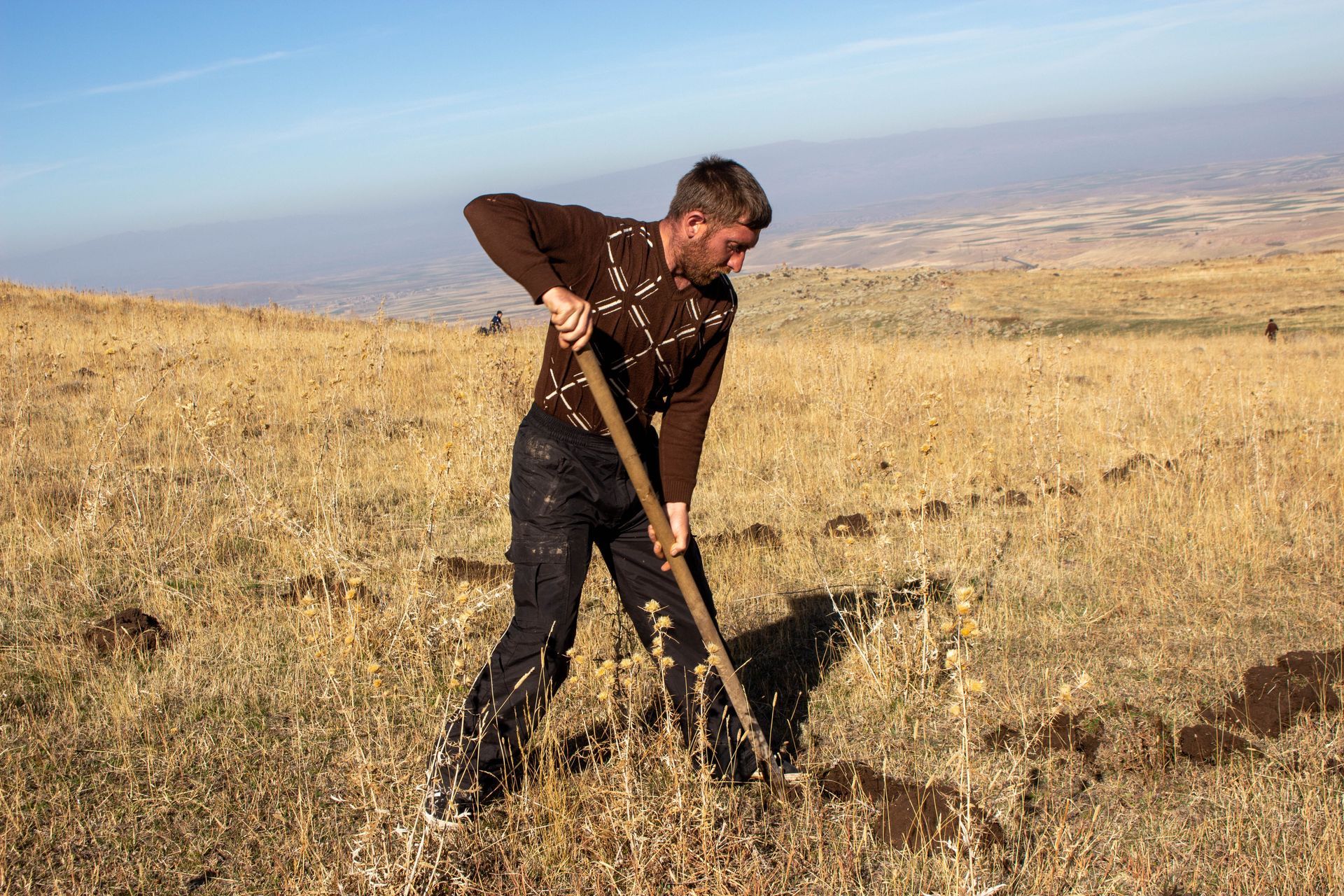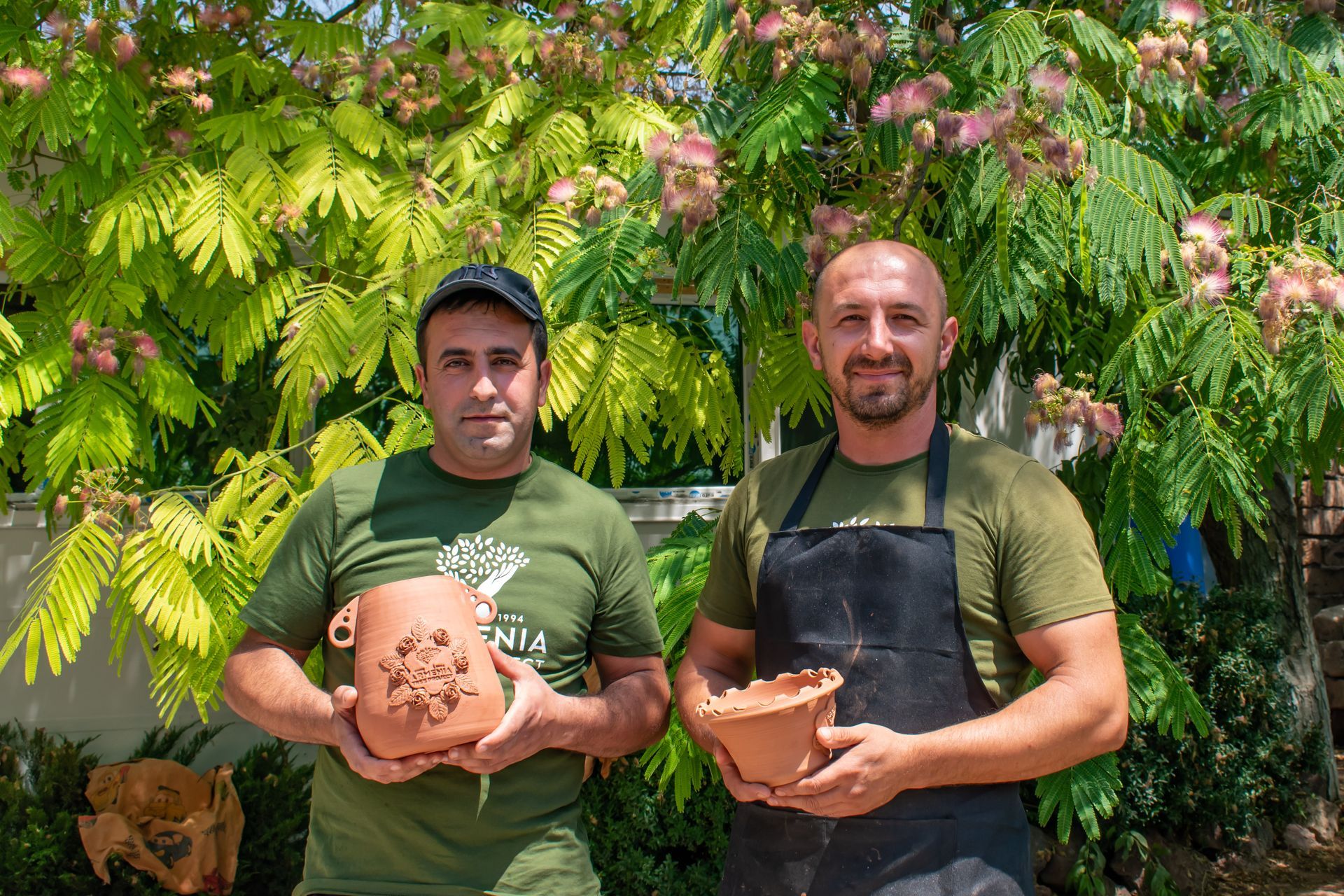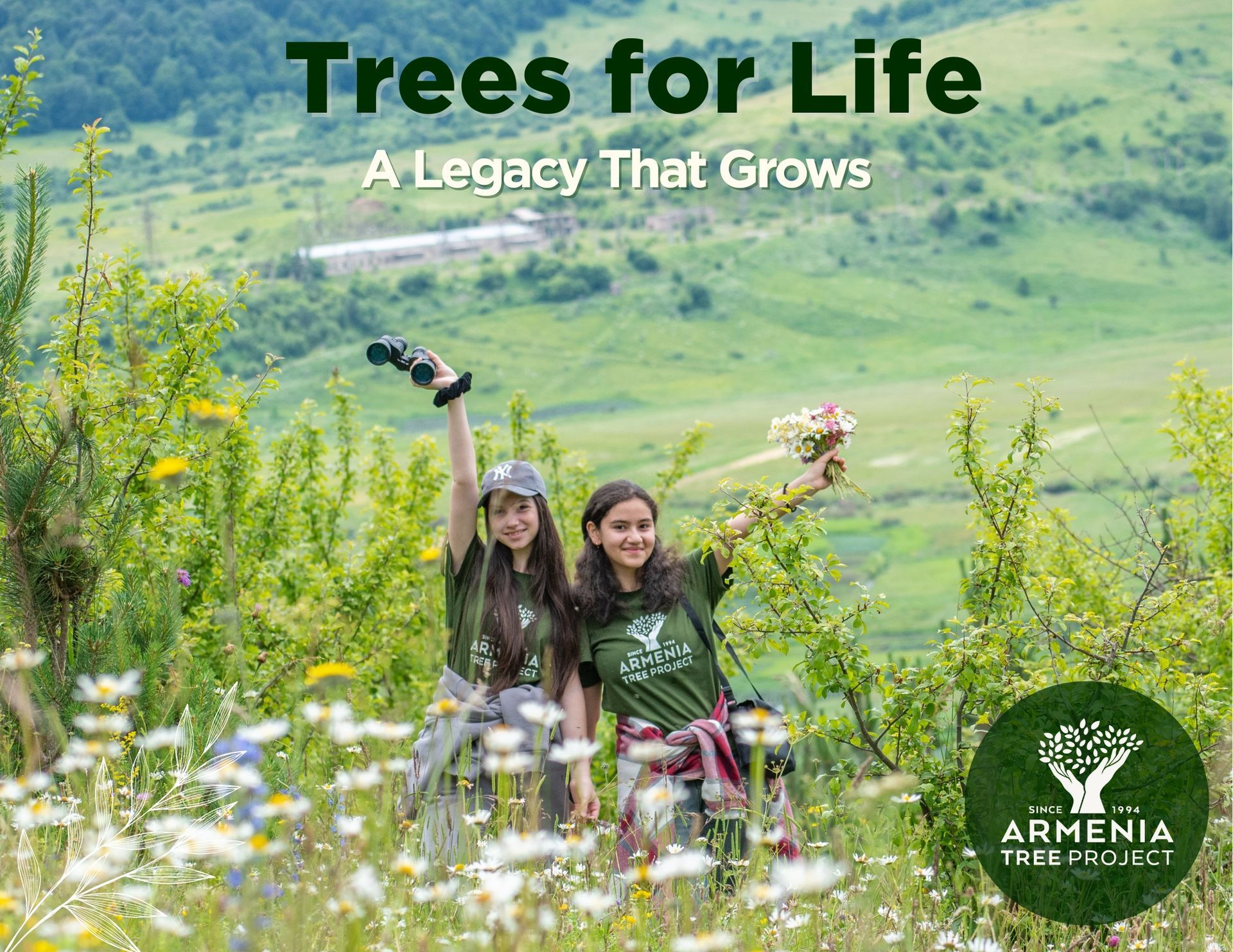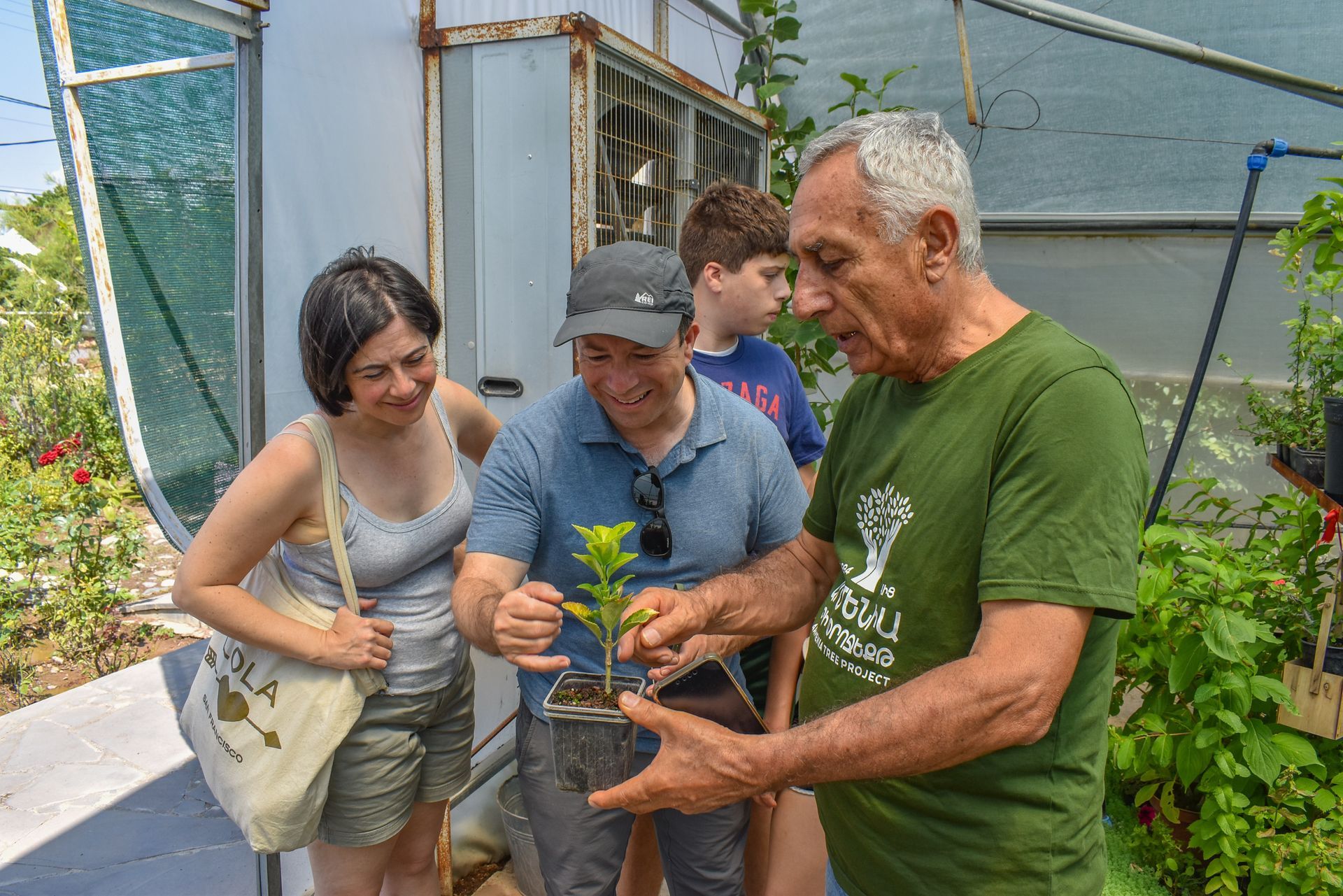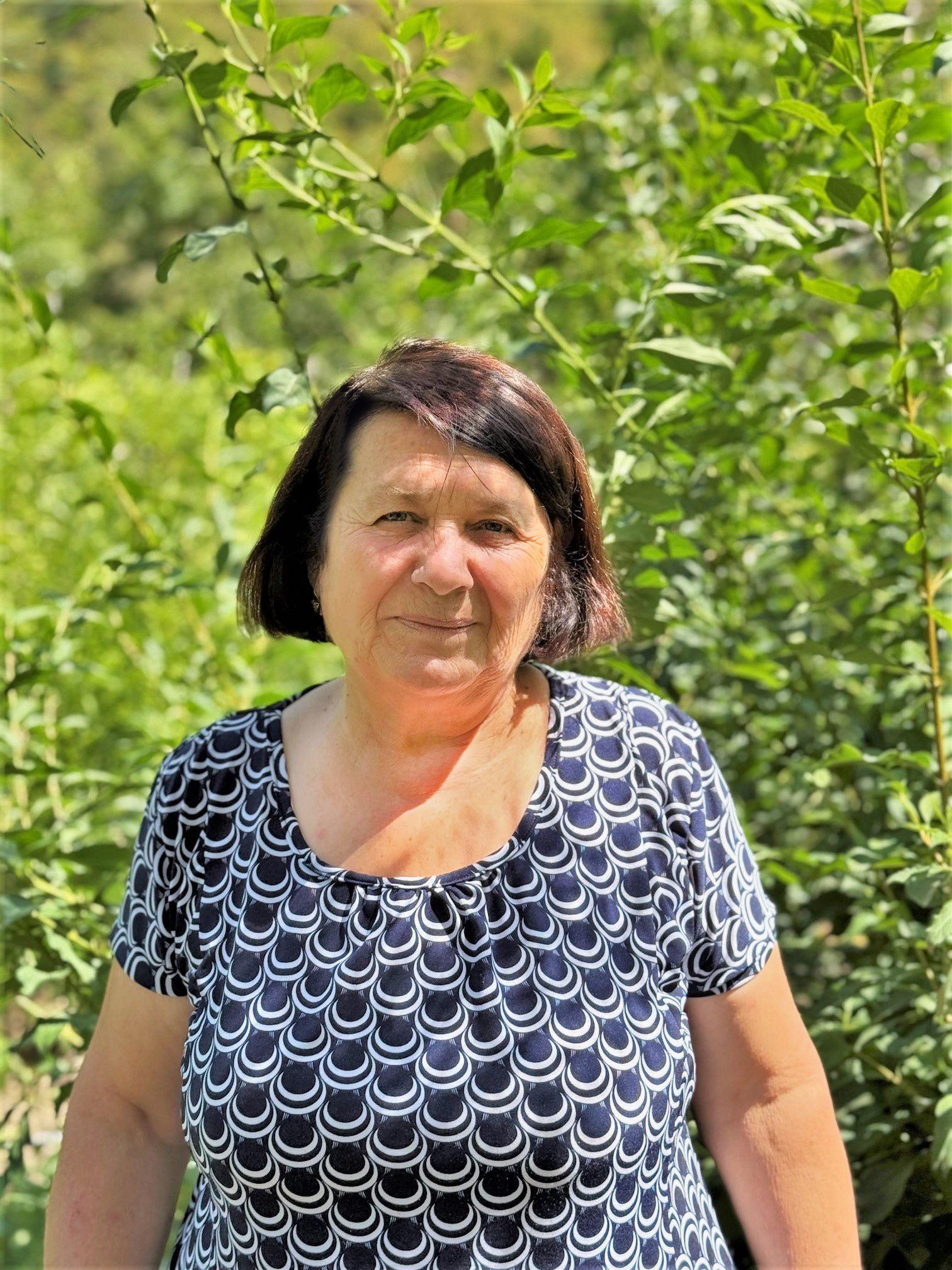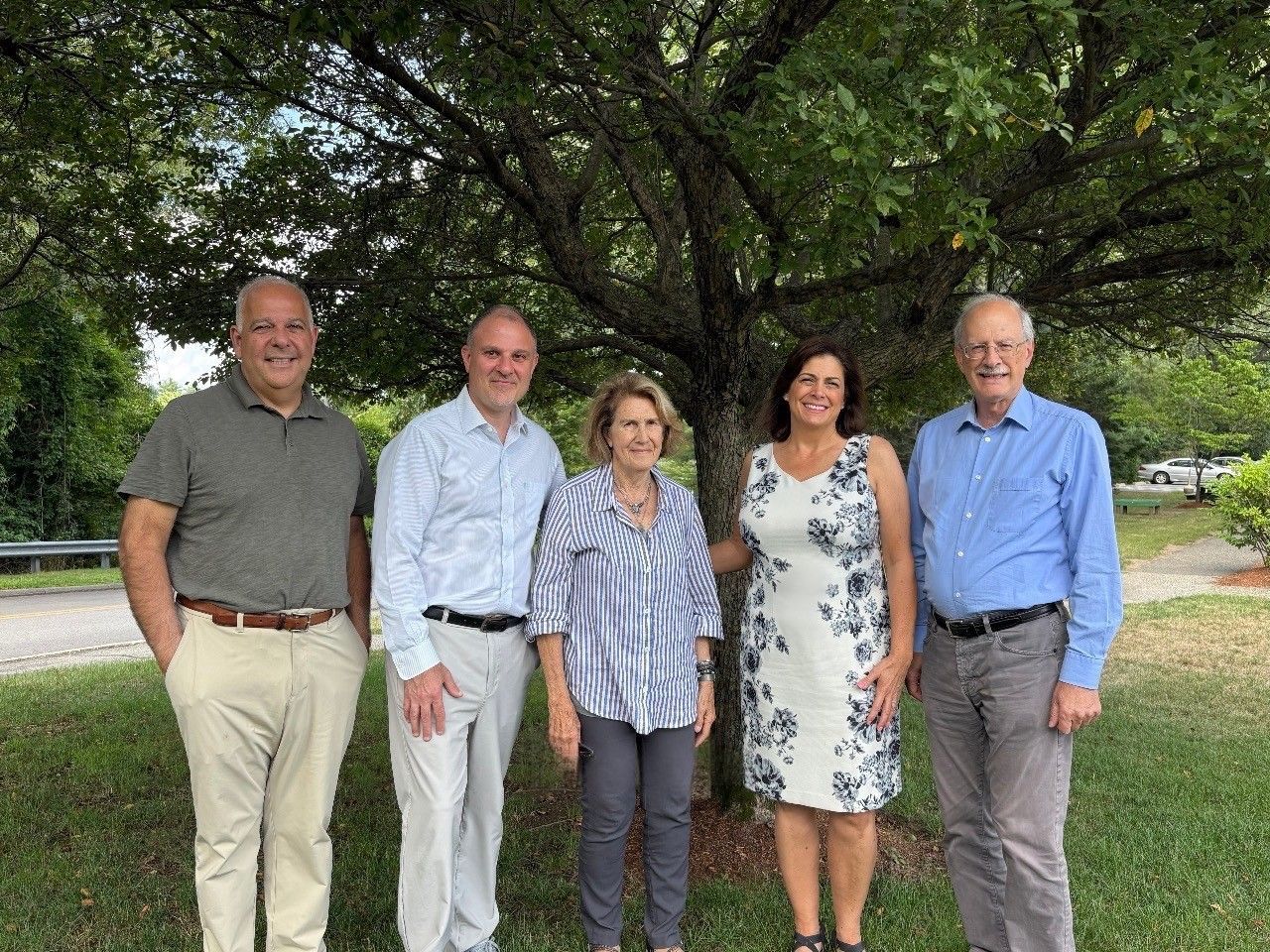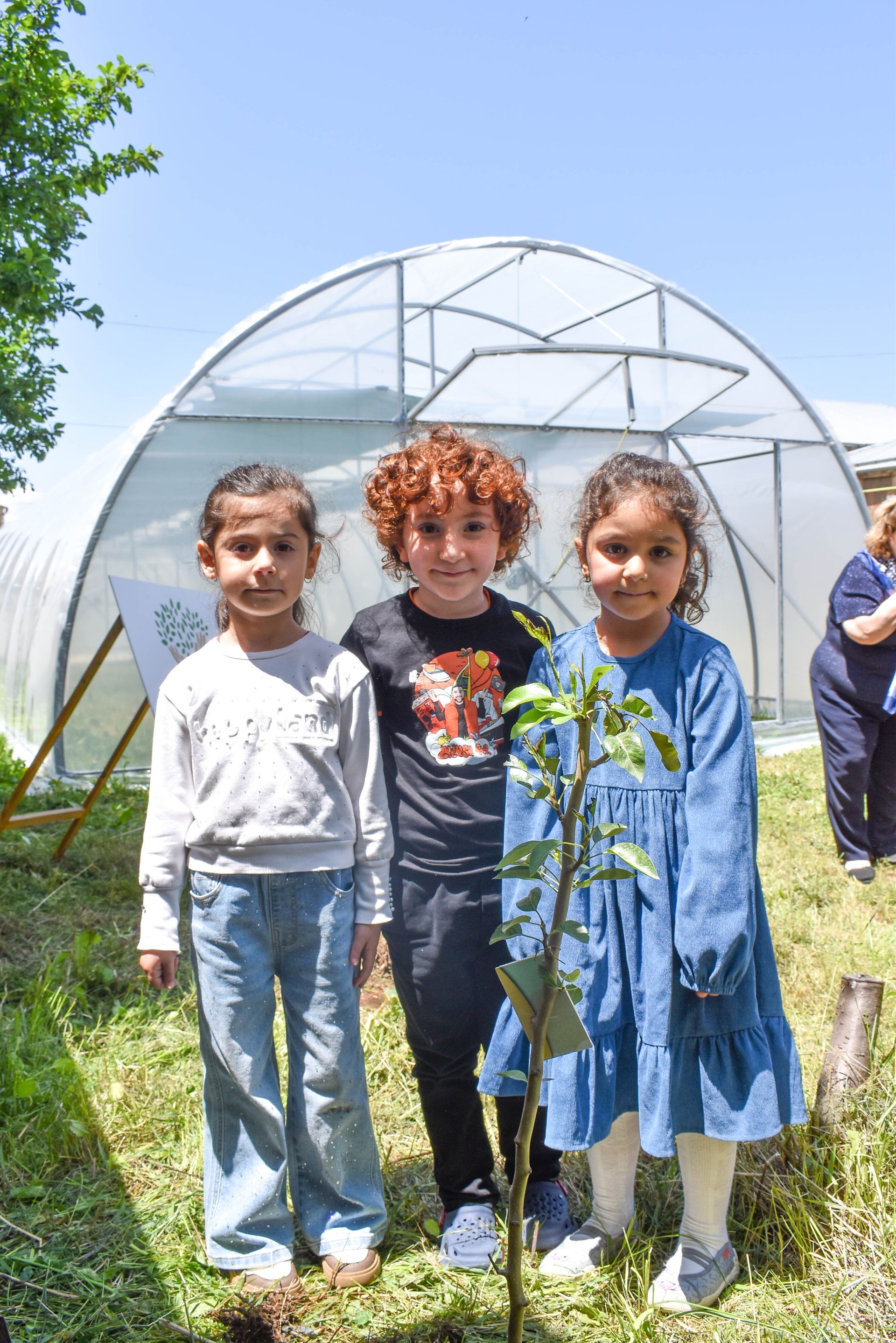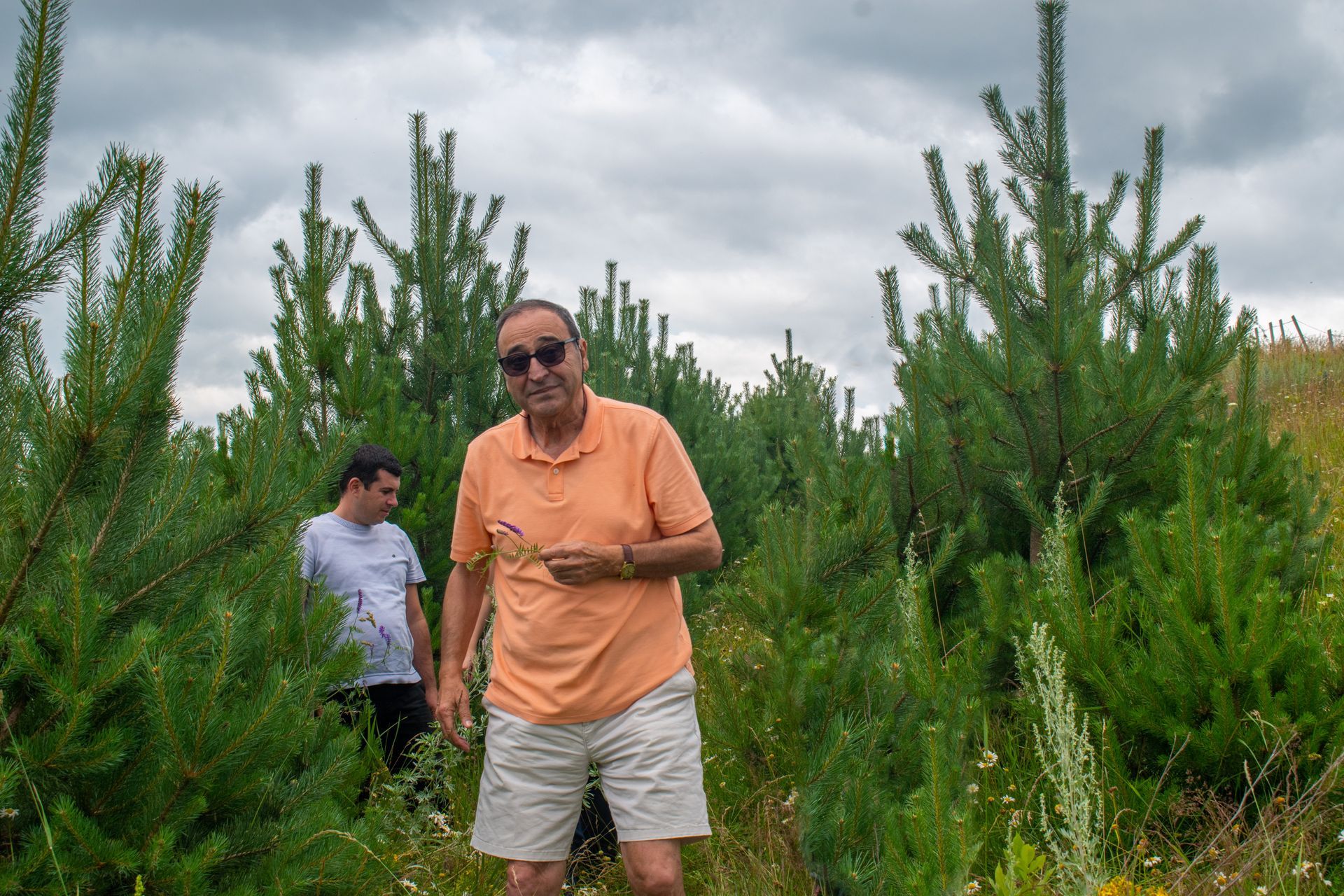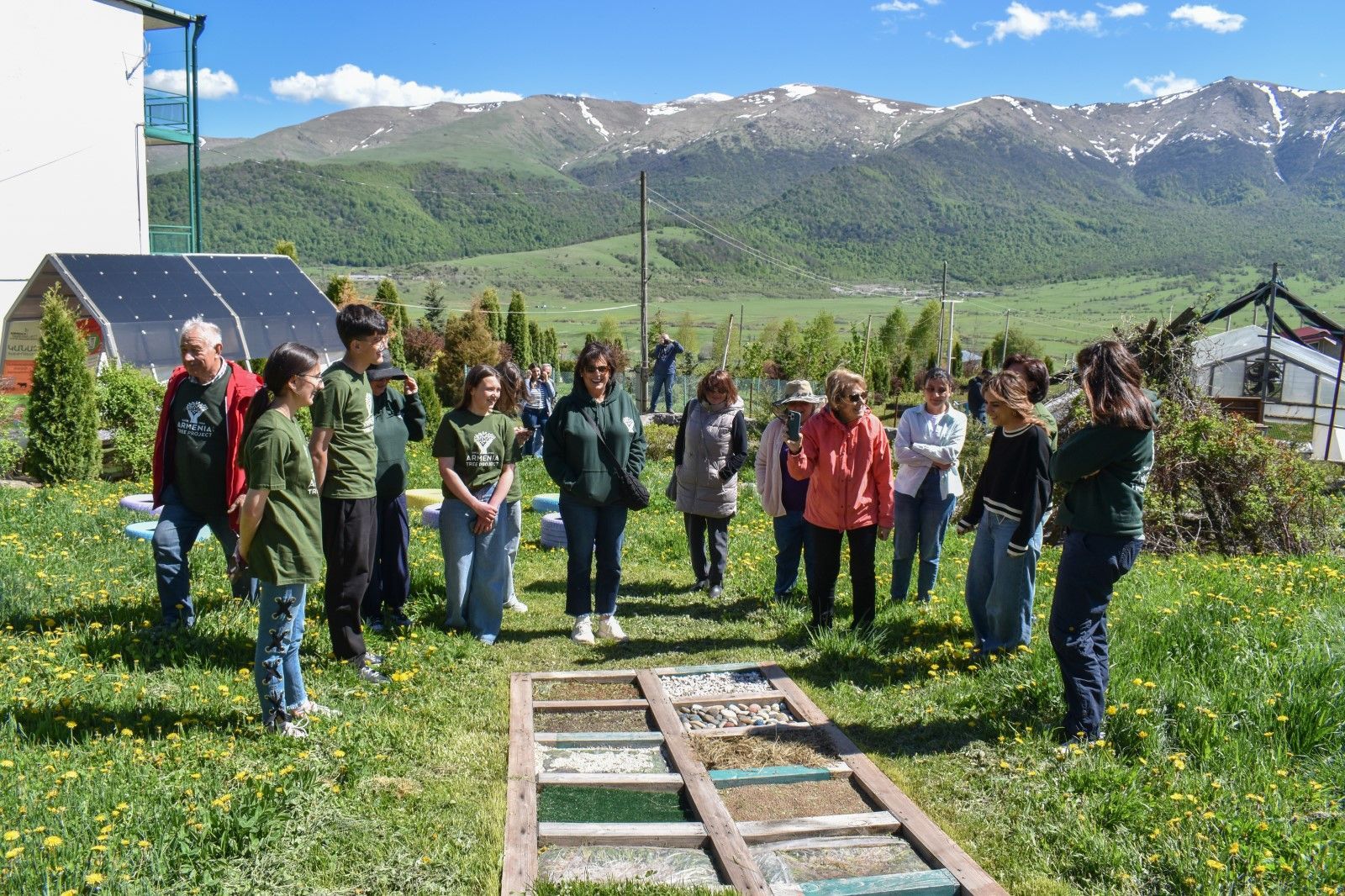Green Oases in the Capital: How ATP’s Community Tree Planting Program has been Transforming Yerevan City over the past 30 years

Over the past 30 years, Yerevan has been quietly undergoing a green transformation, one tree at a time. At the heart of this effort is the Armenia Tree Project’s (ATP) Community Tree Planting (CTP) Program, one of ATP’s flagship programs, which has worked with the Municipality, schools, hospitals, and community groups to create green oases across Armenia’s capital.
Since its founding in 1994, ATP has planted over 140,000 trees in Yerevan, covering more than 380 sites across all 12 districts of the city. This makes Yerevan a national model for urban reforestation in a region where rapid development, climate pressures, and dust pollution present constant challenges to quality of life. According to the US Environmental Protection Agency (EPA), based on tree species, growth rates, and local conditions these trees are estimated to capture nearly 27,000 metric tons of carbon dioxide over their lifetimes. This projection aligns with international data from the U.S. Environmental Protection Agency, which reports that a single mature urban tree can sequester approximately 22–31 kg of CO₂ per year, depending on species and growing conditions (EPA, 2023).
Urban trees do much more than beautify the city. They play a crucial role in improving public health and well-being. Trees help cool the air by providing shade and releasing water vapor into the atmosphere, reducing the “urban heat island” effect that makes cities hotter than surrounding rural areas. In Yerevan, where summer temperatures soar and rain is scarce, this cooling effect is vital. Trees also reduce dust and airborne particles, which are prevalent in arid environments like Armenia’s capital, and improve air quality by filtering pollutants and absorbing carbon. Beyond their physical benefits, green spaces have been shown to support mental well-being, offering calming, restorative places for residents to relax, walk, and socialize. They even enhance biodiversity, giving birds and insects places to nest and feed, and strengthen community cohesion by making public spaces more inviting and accessible to everyone. These benefits are well-documented in research by the U.S. Forest Service and the World Health Organization, both of which recognize urban trees as vital public infrastructure with proven impacts on air quality, physical and mental health, and urban climate resilience (Nowak et al., 2018; WHO Urban Green Space and Health, 2016).
ATP’s urban CTP work focuses on turning neglected, dusty, or unused urban spaces into vibrant, accessible green zones. One striking example is Antranig Park in the Malatia-Sebastia district. Once a barren expanse with little shade or comfort, the park has been transformed into a lush green space thanks to ATP’s long-term planting efforts. In an interview featured in ATP’s documentary on the CTP program, a young woman visiting the park remarked, “I heard this place used to be a wasteland, but now it’s beautiful and I love to come here.”
This transformation echoed across the city, from Nor Nork to Ajapnyak. Public parks, schoolyards, medical centers, and memorial sites now provide shade, beauty, and comfort to residents. For example, in Tumanyan Park in the central district of “Kentron”, ATP’s efforts have restored native trees and shrubs to preserve biodiversity in the heart of the city. In many schools all over the city, students and faculties now benefit from the shade and cleaner environment created by newly planted trees. Even the grounds of the Yerevan Medical Center have been revitalized with greenery, creating a more soothing atmosphere for patients and staff alike.
Behind these transformations lies a remarkable set of data. ATP’s CTP program in Yerevan has so far resulted in the planting of 140,067 trees at 384 separate sites, serving all 12 administrative districts: Arabkir, Davtashen, Erebuni, Kanaker-Zeytun, Kentron, Malatia-Sebastia, Nork-Marash, Nor Nork, Nubarashen, Shengavit, Avan, and Ajapnyak.
ATP’s commitment to community engagement is a defining feature of the CTP program. Trees are not planted randomly or top-down. Instead, the program works closely with local stakeholders such as schools, hospitals, parks departments, and residents to ensure that each planting project meets a real community need. This collaborative approach builds local ownership, encourages stewardship of the environment, and strengthens civic pride. Throughout its 30 years of work, ATP has established CTP cites in the 12 provinces and about 700 communities all over Armenia.
Looking ahead, ATP continues to partner with municipal authorities, educators, and grassroots organizations to expand its tree-planting footprint across Armenia communities. As Yerevan grows and faces new environmental challenges, the city’s trees will play an increasingly critical role in protecting public health and preserving quality of life.
Before-and-after photos of CTP planting sites tell a powerful story: one of hope, persistence, and partnership. As ATP prepares for its next chapter, the greening of Yerevan stands as living proof of what’s possible when communities come together to invest in a better, more sustainable future.



